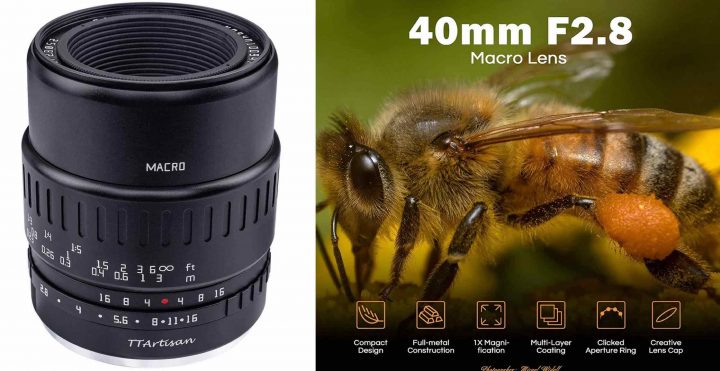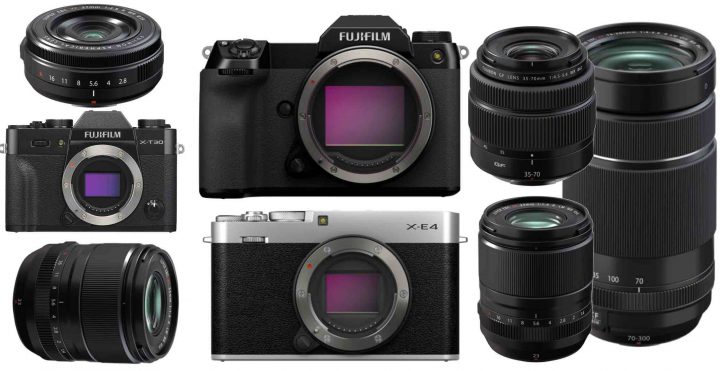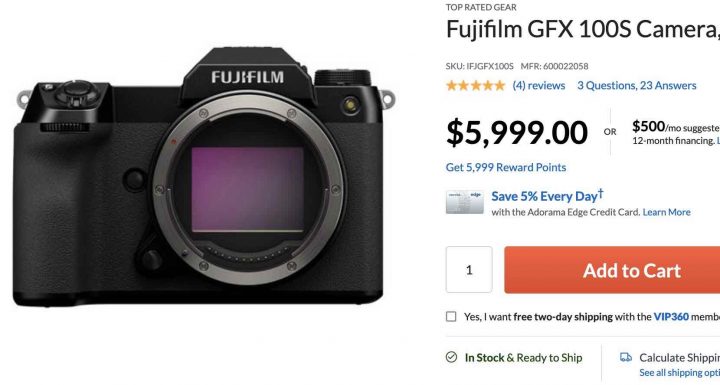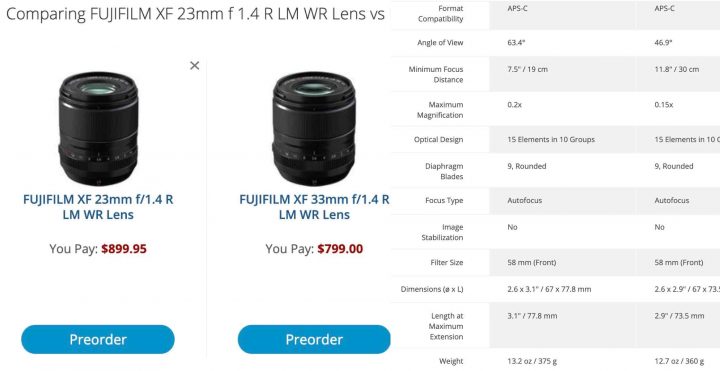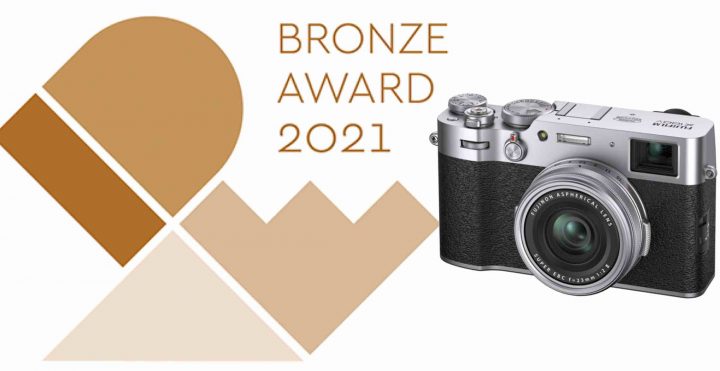TTArtisan 40mm f/2.8 Macro Available Now for $114
The new TTArtisan 40mm f/2.8 is now available for $114 at AmazonUS here (free shipping) and directly at TTArtisan here ($99 for the lens plus $24 shipping to USA).
You can also get it AmazonUK here and at AmazonDE here, as well as for $119 ($99 for the lens + $20 shipping to USA) at Pergear here.
- Standard Macro Lens: Lightweight and compact, full metal body with weight only 371g. Excelling at close distances, the 40mm f/2.8 from TTartisan is a 80mm-equivalent macro lens (35mm equivalent focal length) for M4/3, providing an all-in-one solution for normal portrait shooting as well as macro photography.
- 1X Magnification: The TTartisan 40mm f/2.8 offers a 1:1 life-size maximum magnification along with a 17cm minimum focusing distance. Manual focus design, along with focus distance and depth of field scales, aids in precise focusing control.
- Optical Design: Its optical system consists of 8 elements in 7 groups. Bright f/2.8 maximum aperture suits working in a variety of lighting conditions and also contributes to the sleek form factor. An 11-blade diaphragm contributes to a smooth and pleasing bokeh quality.
- Clicked Aperture Ring: The aperture ring is stepped with the right amount of resistance and click, marking on full stops from F/2.8 to F/16. The clicks are very light and just enough to let you know that you’ve changed your aperture setting.
- Multi-Layer Coating: By reducing the impact of flares and ghosting effects in your pictures while ensuring excellent image quality and contrast from the center to the periphery, it offers crystal clear, sharp image quality.
You can find samples at the dedicated AmazonUS TTArtisan 40mmF2.8 page.

